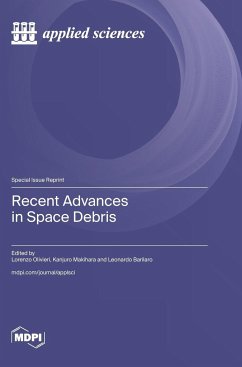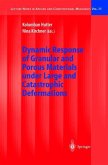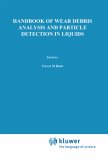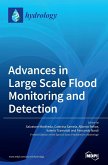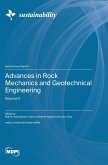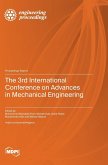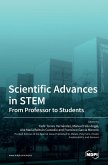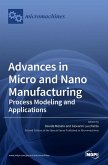The near-Earth space debris environment represents an existing hazard for human activities in space. The increasing number of man-made objects resident in orbit leads to a growing risk of collisions involving active spacecraft, which could cause anything from the loss of important functionalities to vehicle break-up and, in parallel, the fragmentation of satellites that are no longer operational. The scientific community worries that such a process may lead to large fragmentation events and a cascade effect that may prevent safe access to, and the exploitation of, entire orbital regions. Addressing the space debris problem and finding potential mitigation solutions is a challenge that requires the collaboration of all involved stakeholders. In this Special Issue, three of the main investigative lines concerning space debris are presented: (1) understanding the physical processes behind in-orbit fragmentation; (2) assessing the in-orbit population of space debris; and (3) developing mitigation strategies and enabling technologies that are used to remove end-of-life satellites.
Hinweis: Dieser Artikel kann nur an eine deutsche Lieferadresse ausgeliefert werden.
Hinweis: Dieser Artikel kann nur an eine deutsche Lieferadresse ausgeliefert werden.

